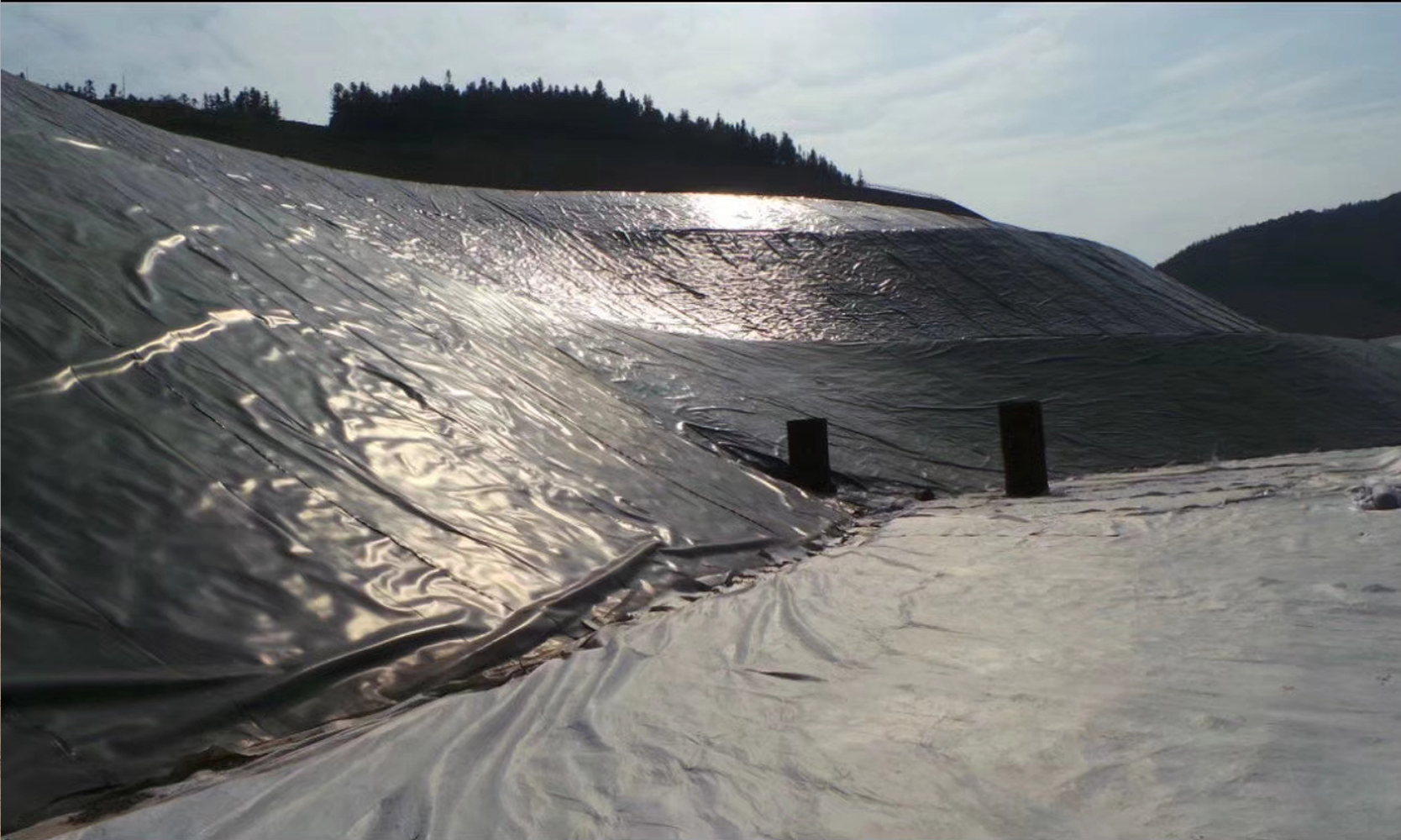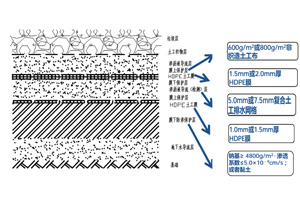
24 Dec The Role of High Quality Geomembrane In Tailings Pond
The importance of geomembrane to tailings
As the main anti-seepage product for tailings storage, HDPE geomembrane plays a big role in it. Generally speaking, different combinations of geosynthetic materials should be used for anti-seepage for different solid wastes, which depends on factors such as the PH value of the solid waste and the fluidity of the waste.
Introduction to geomembrane
Geomembranes are made from polymer resins with additives such as fillers, carbon black, lubricants, antioxidants and plasticizers. These thermoplastic sheets are flexible, low-permeability, and very durable when installed correctly. Using a geomembrane as a liner helps support structural integrity by controlling fluid migration and ensuring a seal.
How to choose geomembrane for tailings
As can be seen from the above design examples, geomembrane materials are all high-density polyethylene (HDPE), with thicknesses usually 0.75mm, 1.5mm, and 2.0mm. Most experts prefer to use thicker HDPE geomembranes. Geomembranes The thickness is higher, which means it has better indicators. Let’s take “puncture resistance” as an example. The corresponding value of the HDPE geomembrane with a thickness of 0.75mm is “≥240N/MM”, while the geomembrane with a thickness of 1.5mm corresponds to The value is “≥480N/MM”. It can be seen that the performance of different thicknesses has huge differences. This is why experts prefer high-thickness geomembranes. This is consistent with the practical experience gained from anti-seepage layers in landfills.



No Comments